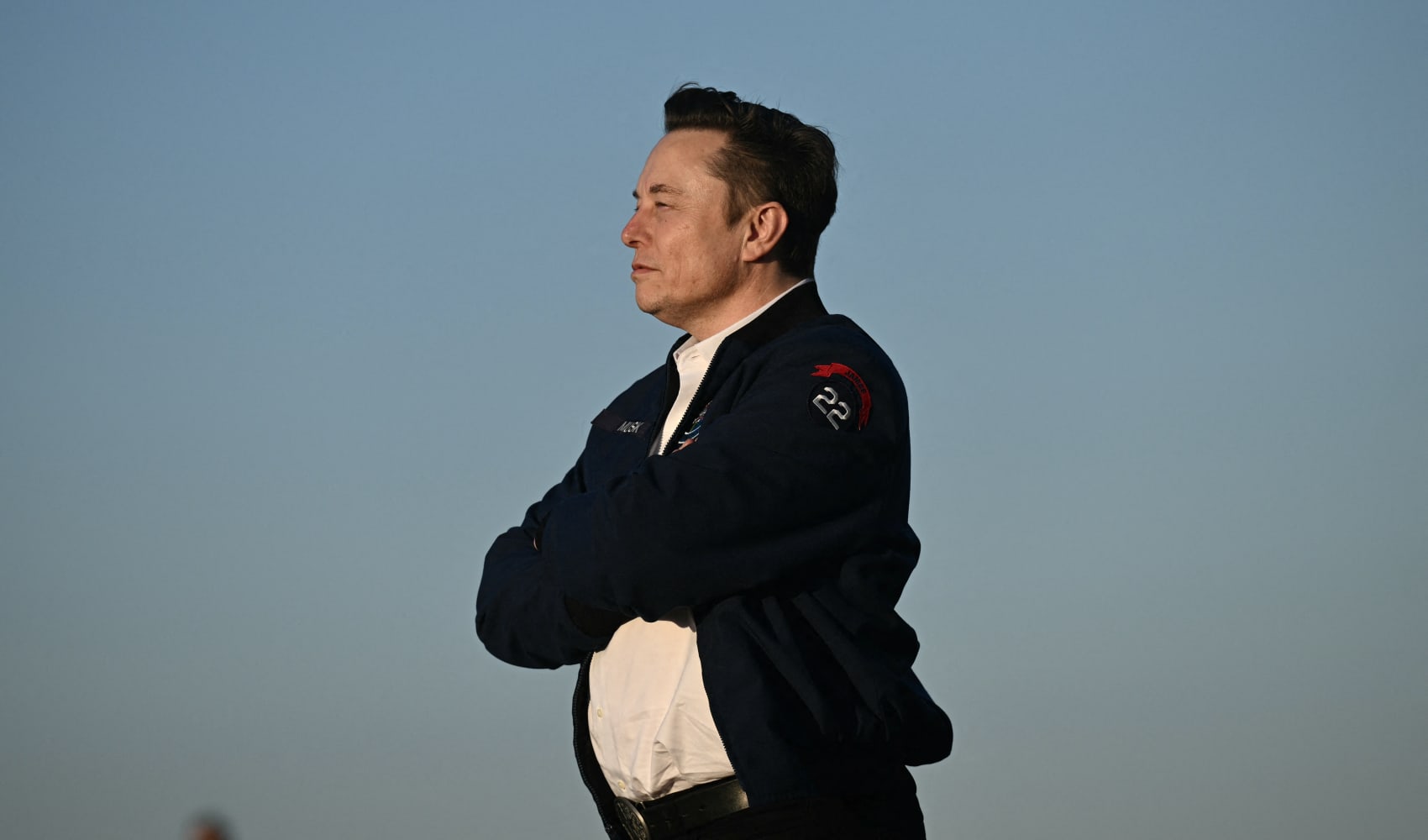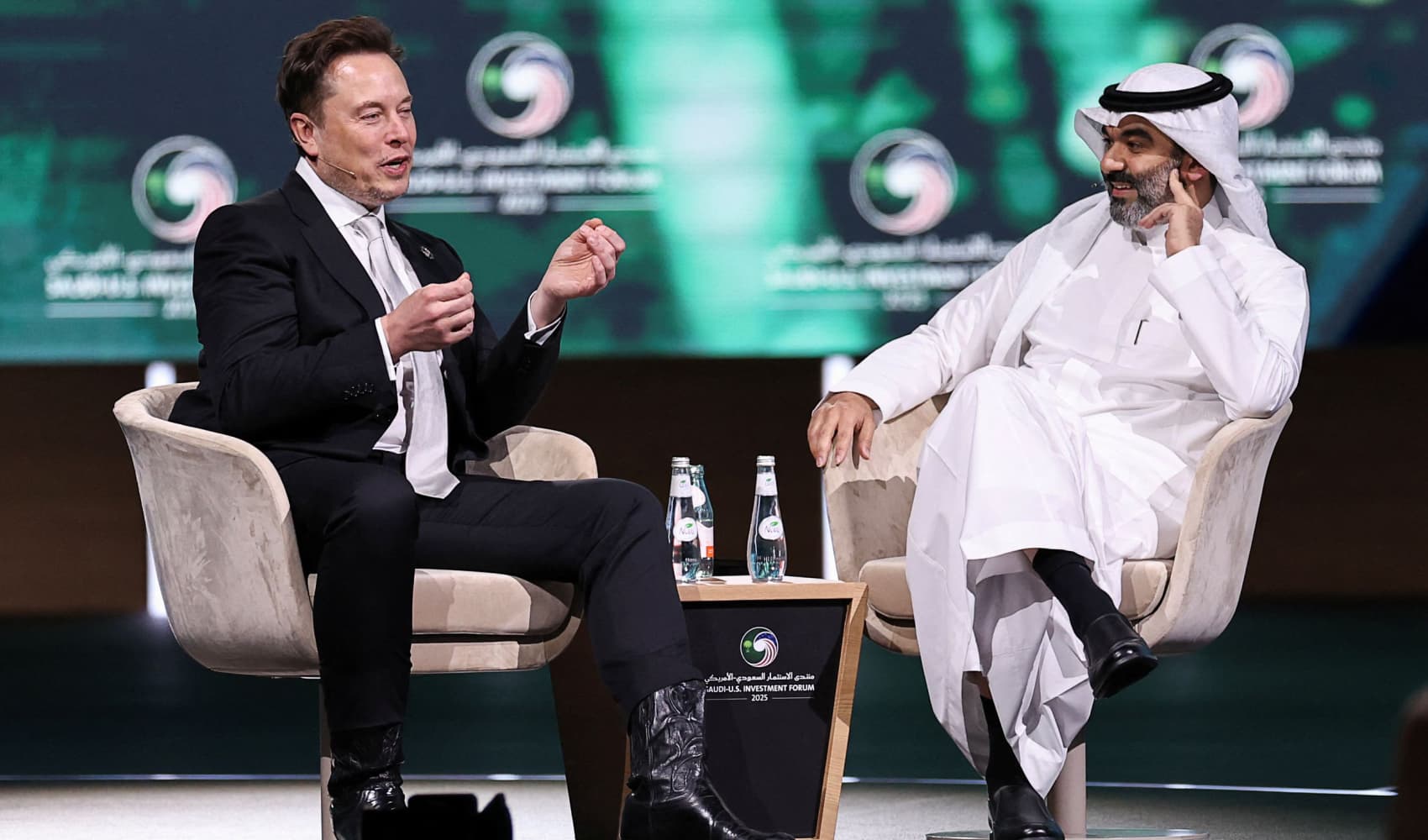Tesla's Future: 5 Elon Musk Quotes on Robotaxis & More!
Elon Musk's Bold Vision: 5 Quotes Shaping Tesla's Future
Introduction: Decoding Musk's Master Plan
Elon Musk. The name itself evokes images of innovation, ambition, and sometimes, a little bit of controversy. Whether you're a die-hard Tesla fan or a cautious observer, there's no denying that Musk's vision is shaping the future of electric vehicles, space exploration, and even artificial intelligence. But what exactly *is* that vision? And how does he plan to achieve it? During Tesla’s recent earnings call, Musk dropped some intriguing hints about the company's future, specifically touching on robotaxis, Optimus robots, tariffs, and Tesla's broader energy strategy. Let's dive into five key quotes that offer a glimpse into Musk's master plan and what it means for Tesla's trajectory.
Robotaxi Revolution: When Will Self-Driving Arrive?
Perhaps the most anticipated, and debated, aspect of Tesla's future is the robotaxi. When can we expect truly autonomous vehicles to hit the road and ferry passengers without human intervention? Let's delve into Musk's timeline.
Musk on Robotaxi Timelines: "Soon" is Relative
While exact dates are hard to pin down, Musk has repeatedly expressed confidence in Tesla's progress towards full self-driving. He often uses terms like "soon" and "very soon" to describe the arrival of robotaxis. However, "soon" in Musk-time can be quite different from "soon" in the real world. Factors like regulatory approval, technological advancements, and even public perception can all impact the timeline.
The Impact of Regulatory Hurdles
It's not just about having the technology; it's about getting the green light from regulators around the globe. What hurdles remain on the regulatory front? These can be significant and vary greatly depending on the region.
Beyond the Vehicle: The Robotaxi Ecosystem
Think about the implications beyond just the self-driving technology itself. What about insurance? Maintenance? Cleaning? Tesla isn't just building a car; they're building an entire ecosystem around autonomous transportation.
Optimus Robots: More Than Just a Gimmick?
Beyond cars, Tesla is venturing into the world of humanoid robots with Optimus. Is this a genuine game-changer, or just another ambitious project that might not pan out? Let's explore Musk's vision for Optimus.
Musk on Optimus: A "General Purpose" Helper
Musk envisions Optimus as a versatile robot capable of performing a wide range of tasks, from factory work to household chores. He sees Optimus as having the potential to revolutionize the economy by addressing labor shortages and increasing productivity.
From Factory Floor to Your Home: Optimus' Potential Applications
Imagine robots assisting with tasks that are currently done by humans, from stocking shelves to caring for the elderly. The possibilities seem limitless, but what are the practical challenges?
The Engineering Challenges: Balancing Cost and Performance
Building a humanoid robot that is both affordable and capable is a monumental engineering challenge. Can Tesla overcome these hurdles and deliver a robot that lives up to the hype?
Tariffs and Tesla: Navigating the Global Trade Landscape
Global trade tensions and tariffs can significantly impact Tesla's operations, especially given the company's global supply chain and international sales. How does Musk plan to navigate this complex landscape?
Musk on Tariffs: A Call for Fair Trade
While specific quotes on tariffs are always evolving with the political climate, Musk has generally advocated for free and fair trade practices. He likely believes that tariffs can hinder innovation and increase costs for consumers. Any additional information from the earnings call would be relevant here.
Adapting to Trade Barriers: Diversification and Localization
How can Tesla mitigate the impact of tariffs? One strategy is to diversify its supply chain and localize production in key markets. This reduces reliance on specific countries and minimizes exposure to trade barriers.
The Long-Term Implications for Tesla's Profitability
Trade wars and tariffs can eat into profit margins and impact Tesla's ability to compete on price. What strategies can Tesla employ to maintain its competitive edge in the face of these challenges?
Tesla's Energy Business: Beyond Electric Cars
While Tesla is best known for its electric vehicles, its energy business, encompassing solar panels, battery storage (Powerwall and Megapack), is a crucial part of Musk's vision for a sustainable future. How is Tesla's energy segment evolving?
Musk on Energy: "Sustainable Abundance"
Musk envisions a future powered by renewable energy, with Tesla playing a key role in developing and deploying solar and battery storage solutions. His ultimate goal is to create a "sustainable abundance" of energy for everyone.
Powerwall and Megapack: Revolutionizing Home and Grid Energy
Tesla's Powerwall provides backup power and helps homeowners reduce their reliance on the grid, while the Megapack is designed for large-scale energy storage at utility-level. How are these products changing the way we consume and distribute energy?
The Synergies Between EVs and Energy Storage
Electric vehicles and energy storage are intrinsically linked. EVs can serve as mobile energy storage units, and home energy storage can be used to charge EVs with clean energy. How is Tesla capitalizing on these synergies?
Tesla's Future: A Glimpse into Tomorrow
Musk's comments during the earnings call offered a tantalizing glimpse into Tesla's future. But what are the key takeaways? What can investors and consumers expect in the years to come?
Musk on Tesla's Future: A "Growth Company"
Musk remains bullish on Tesla's long-term growth prospects, despite the recent challenges. He sees Tesla as a "growth company" that is constantly innovating and expanding into new markets. He often emphasizes the company's commitment to pushing the boundaries of technology.
Expanding Product Lines: From Cars to Robots
Tesla's product portfolio is expanding beyond electric vehicles to include robots, energy storage systems, and potentially other innovative technologies. This diversification positions Tesla as a broader technology company, rather than just an automaker.
The Importance of Execution: Turning Vision into Reality
Ultimately, Tesla's success depends on its ability to execute its ambitious plans. Can the company overcome the challenges and deliver on its promises? The future remains to be seen.
Conclusion: Decoding the Musk Message
Elon Musk's recent statements shed light on Tesla's future, touching upon robotaxis, Optimus robots, tariffs, and the energy segment. While timelines remain uncertain and challenges persist, Musk's vision for a sustainable future, powered by innovation and technological advancement, is undeniably compelling. Whether Tesla can fully realize this vision is a question that only time will answer.
Frequently Asked Questions
- When will Tesla robotaxis be available to the public? Musk has expressed optimism about their arrival, but concrete timelines are still uncertain due to regulatory approvals and technological advancements. Expect updates within the next few years.
- What is the purpose of the Optimus robot? Optimus is designed as a general-purpose humanoid robot capable of performing a variety of tasks, from factory work to household chores, aiming to address labor shortages and improve productivity.
- How do tariffs impact Tesla's business? Tariffs can increase costs for Tesla due to its global supply chain and international sales, potentially impacting profitability and competitiveness. Tesla is adapting through diversification and localization strategies.
- What is Tesla's role in the energy sector? Tesla aims to create "sustainable abundance" through solar panels and battery storage solutions like Powerwall and Megapack, revolutionizing home and grid energy consumption and distribution.
- What is the biggest challenge facing Tesla in the next 5 years? Executing its ambitious plans, managing supply chain complexities, and navigating regulatory hurdles while maintaining its competitive edge in a rapidly evolving market will be key challenges for Tesla.

